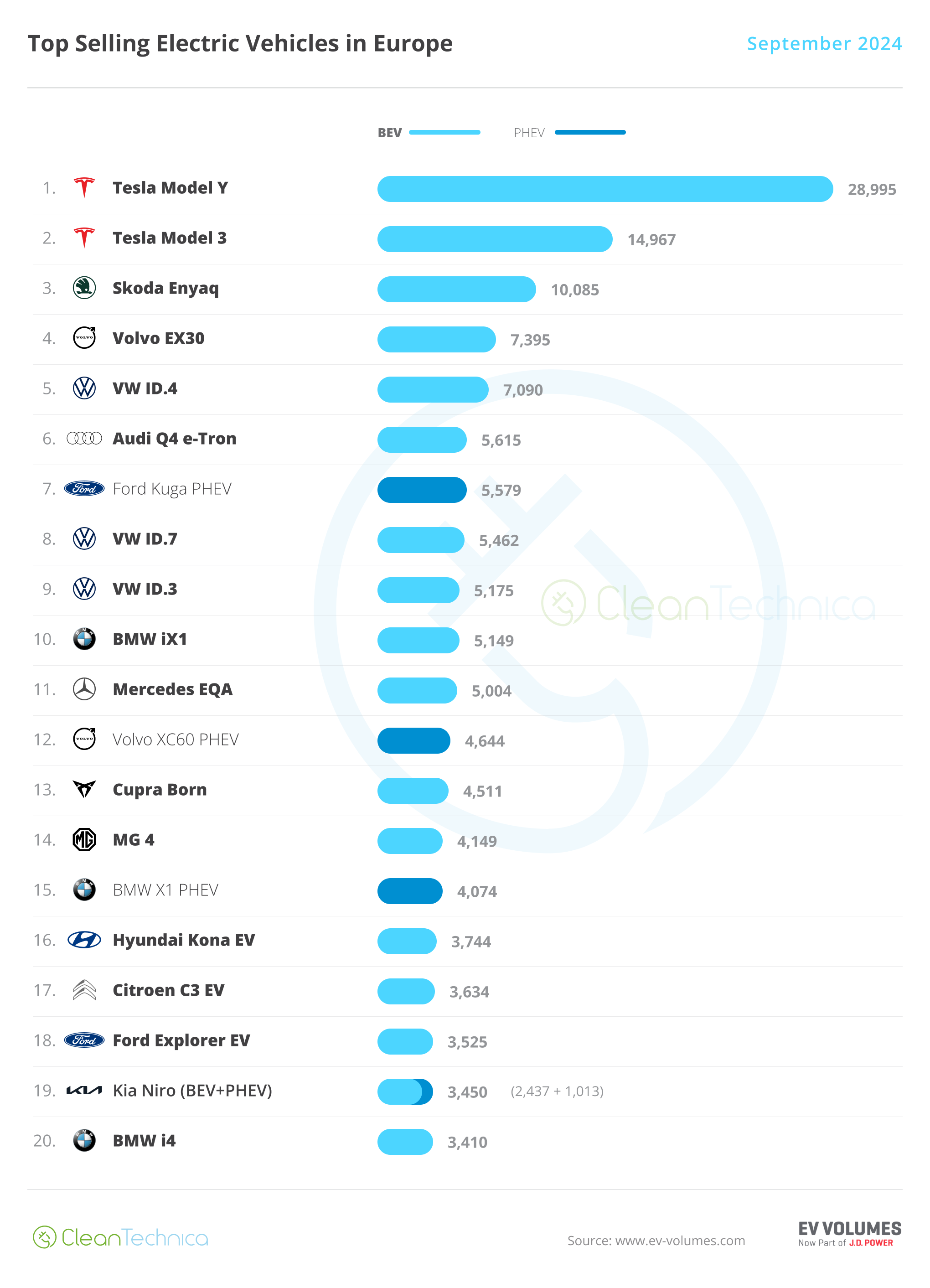Sign up for daily news updates from CleanTechnica on email. Or follow us on Google News!
The dream of solar-powered cars has enthralled and enticed cleantech enthusiasts for years decades. It’s a fun dream. We all love when electric vehicles can be powered by rooftop solar energy or even indirectly by solar energy on the grid, but it’s something else to imagine solar panels on a car providing it with electricity to drive down the road — and we’ve covered several experimental vehicles and startup vehicles that actually put this idea into action, but they haven’t been commercially viable up to now. Perhaps, though, we’ve been dreaming too small!
Scania, one of the biggest trucking companies in the world, is working on a haulage trailer covered in solar panels that might just work and could dramatically cut trucking emissions. The obvious positives here compared to cars: there’s much more flat surface on the roof of a semi truck trailer than a car for collecting solar energy, and semi trucks are much less likely to get into accidents and even less likely to have the solar panels smashed up in the case of an accident like a fender bender. Maybe this is the arena where solar-powered vehicles can finally shine!
Also, let’s remember: trucking accounts for a lot of transportation emissions, and transportation emissions are a big piece of the CO2 emissions pie (25% of it in Europe, where Scania is based).
“We’re exploring all sorts of options and looking at solar powered trucks was one of those options,” Eric Falkgrim, technology leader for vehicle design at Scania, recently told Euronews. “And for me personally, it was more thinking about the battery electric trucks that we have right now. Ten to 15 years ago they were too expensive, but with increased energy density and lower costs, all of a sudden it became interesting. And so the thought was similar with solar power – that if the efficiency increases and the costs keep decreasing, at some point it’ll be worth it. And that’s what we’re trying to explore.”
Indeed. The arguments and answers are not forever set in stone. As technology improves, things that weren’t plausible, practical, or promising in the past can become very plausible, practical, and promising. We’ve seen this time and time again. And what we know is that electric powertrains continue to get more efficient, solar panels continue to get more efficient, batteries continue to get more energy dense, and corporate demand to cut trucking emissions gets stronger month after month.
In the case of Scania, it has worked with Uppsala University to develop a solar power top for the trailer portion of a truck. It could be linked to a hybrid powertrain in order to simply make the truck much more fuel efficient, if not to a full electric powertrain. “In addition to that, you can also get dynamic charging — well, if the sun is out — and so you’re actually charging while you’re driving, which is a big upside to having the panels on the truck, rather than on the side of the road,” Eric added. It’s estimated that a solar-powered trailed like this could cut a conventional combustion engine truck’s emissions by 40%!
Solar-powered hybrid trucks are already at the stage of testing on public roads in Sweden. Now, Sweden may not come across as the best place to deploy solar trucks. (It’s not the sunniest land on the globe.) But the technology can certainly be developed there for use elsewhere — solar resources around the world are well known and can be plugged into a spreadsheet. Of course, testing in those sunnier regions would be necessary at some point as well just to make sure nothing unforeseen causes problems with solar energy collection. For now, though, Sweden is where the work is being done. Furthermore, Eric adds, “the thinking was that if it does work here in Sweden, it’ll work everywhere.” That’s true! “And, you know, if you go to Spain or Australia or somewhere else where it’s a lot sunnier, then obviously you’ll get a lot more benefits from the truck itself.”
This solution seems particularly suited to regions like the US South and Southwest, where there’s an enormous amount of sunshine and tons of long-distance trucking. Softer transport regulations than in Europe are a downside here, but if we get more politicians in control in Congress in 2024 and keep a climate-concerned president in the White House, we could certainly see stronger trucking emissions policies put into place in the coming few years. One can dream, right? That’s how this article started out, after all.
Featured image courtesy of Scania.
Have a tip for CleanTechnica? Want to advertise? Want to suggest a guest for our CleanTech Talk podcast? Contact us here.
Our Latest EVObsession Video
I don’t like paywalls. You don’t like paywalls. Who likes paywalls? Here at CleanTechnica, we implemented a limited paywall for a while, but it always felt wrong — and it was always tough to decide what we should put behind there. In theory, your most exclusive and best content goes behind a paywall. But then fewer people read it!! So, we’ve decided to completely nix paywalls here at CleanTechnica. But…
Thank you!
CleanTechnica uses affiliate links. See our policy here.




